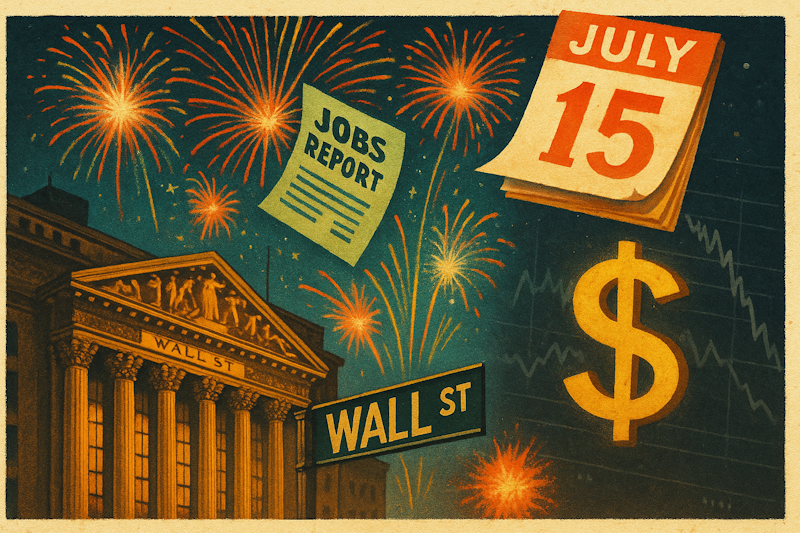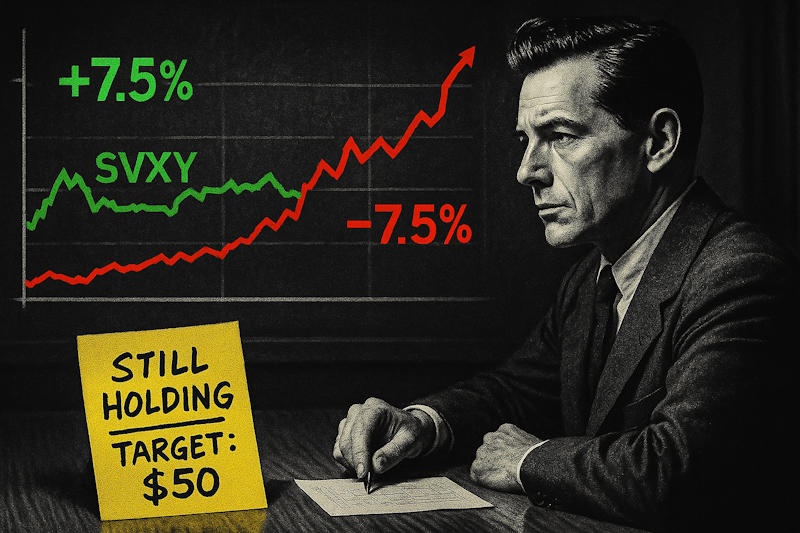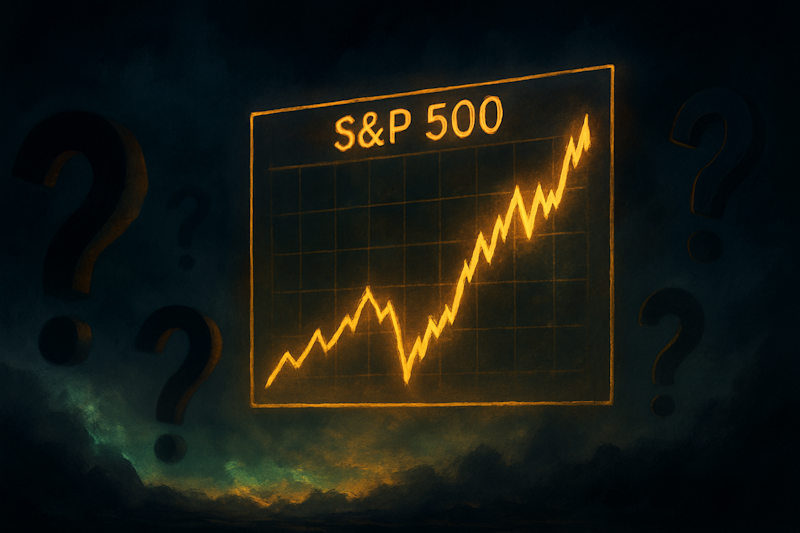SEE HOW ANYONE CAN TARGET $915 OR MORE EVERY WEEK — LIVE AT 4 PM ET TODAY!
The stock market is entering a historically volatile post-election quarter, a period known for heightened swings.
True to form, Apple (AAPL), the world’s largest company, is making headlines with a rare downgrade to sell from MoffettNathanson, which set a price target of $188 — marking a steep 29% downside from current levels around $243.
This marks an unusual shift, as only four of over 60 Wall Street analysts covering Apple currently have sell-equivalent ratings, according to Bloomberg data.
Why the Downgrade?
Several headwinds are converging for Apple:
- Legal Challenges: A federal judge recently declared Alphabet’s $25 billion in annual payments to Apple for making Google the default search engine on iPhones as illegal.
- Weak China Sales: Declining iPhone sales in China are dampening optimism.
- Underwhelming Vision Pro Launch: Apple’s much-anticipated mixed-reality headset has not lived up to the hype.
Given Apple’s outsized influence on the market, this downgrade could have broader implications. Historically, when Apple stumbles, the market often follows.
Newton Signals to Watch
Healthcare Recovery: Moderna’s Turnaround
Despite recent bearishness in the broader market, Moderna (MRNA) is showing signs of life. After months of declines in health care stocks, the Newton indicator suggests MRNA may have hit rock bottom and is starting to climb.
Health care stocks typically struggle during bullish markets but tend to rebound when bearish sentiment takes hold. Moderna’s current turnaround could align with broader market trends signaling a shift toward defensive sectors.

Energy Watch: Kinder Morgan’s Potential Decline
On the bearish side, Kinder Morgan (KMI) is flashing warning signs.
After a green buy signal on Nov. 6, the stock enjoyed a rise but has since displayed topping action.
The Newton indicator recently shifted from green back to red, signaling potential weakness. As KMI hesitates at recent highs and begins to roll over immediately after a green signal, a red sell signal could be imminent.

For investors, this might be a good time to:
- Take Profits: If you’re long on KMI, now may be the time to lock in gains.
- Consider Shorts: For those preparing for a market downturn, KMI could offer a compelling short position if the red sell signal is again confirmed in short order.
Final Thoughts
The post-election quarter is shaping up to be a challenging yet opportunistic period for traders. As Apple grapples with significant headwinds, its performance could influence broader market sentiment. Meanwhile, Moderna’s recovery and Kinder Morgan’s potential decline offer actionable ideas in a volatile environment.
Whether you’re seeking defensive plays in healthcare or looking for bearish setups in energy, the current market conditions highlight the importance of staying nimble and adaptive.
Graham Lindman
Graham Lindman Trading
Follow along and join the conversation for real-time analysis, trade ideas, market insights and more!
- Telegram: https://t.me/+abM5RWRJKrpkNWI5
- YouTube: https://www.youtube.com/@FinancialWars
Important Note: No one from the ProsperityPub team or Graham Lindman Trading will ever contact you directly on Telegram.
Also check out my website at: https://grahamlindman.com/!
*This is for informational and educational purposes only. There is inherent risk in trading, so trade at your own risk.
P.S. Can Anyone Target $915 or More EVERY WEEK?
At 4 p.m. ET today, Jan. 8, Kane and Sarah will reveal a special way of targeting $915 in extra income — based on a $5k starting stake — in the stock market every single Thursday!
Naturally, no one can guarantee wins or prevent losses, but tomorrow is another Thursday…
So, if you’d like to see exactly how you can take your shot at what could be another $915 payday…
The majority trades expressed are from historical back-tested data in order to demonstrate the potential of the system. The average backtested return per weekend (winners and losers included) is $903.41 profit per weekend based on a $5,000 starting stake, and every example is based on that same starting investment unless otherwise stated. The historic success rate is 92%.



